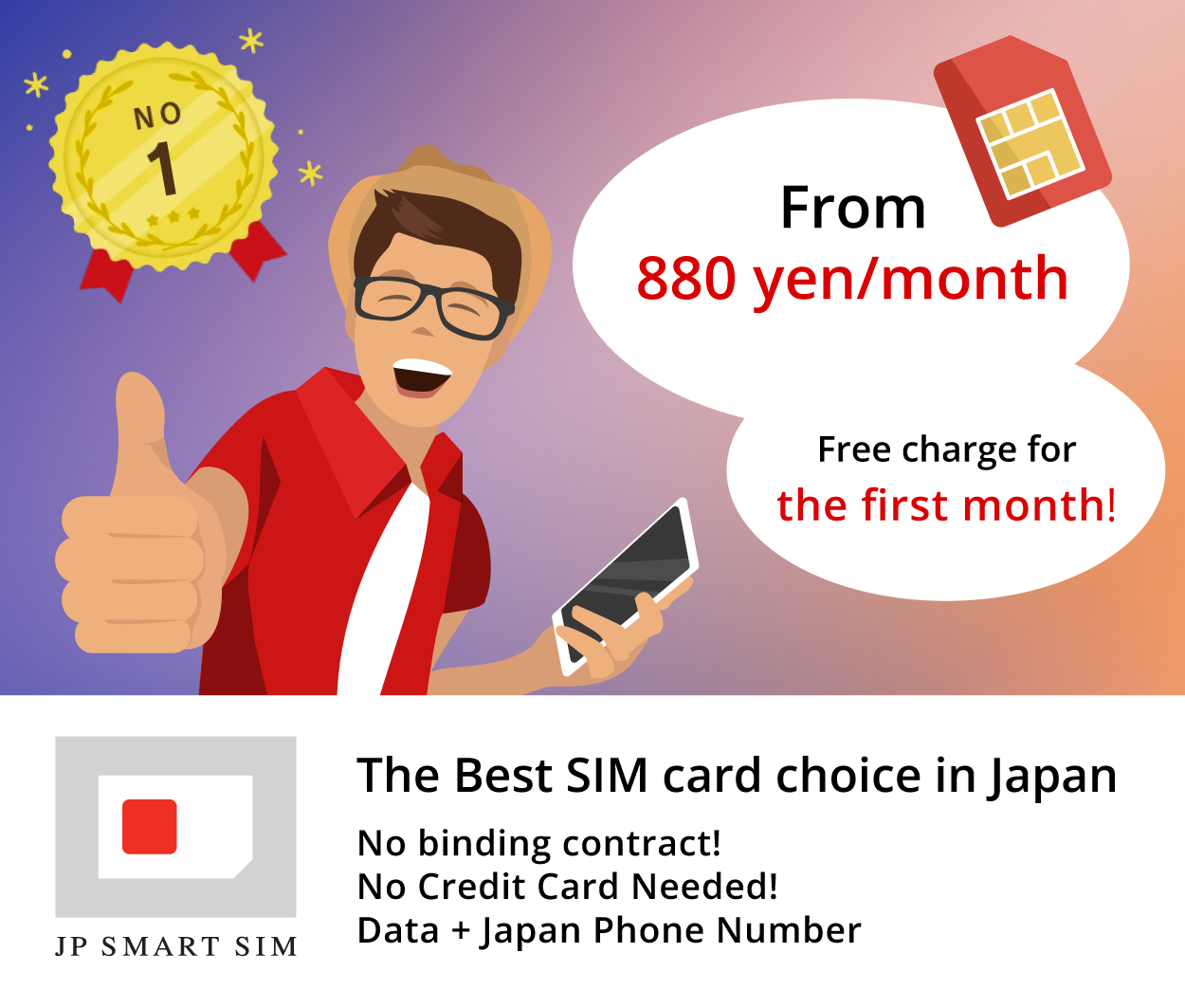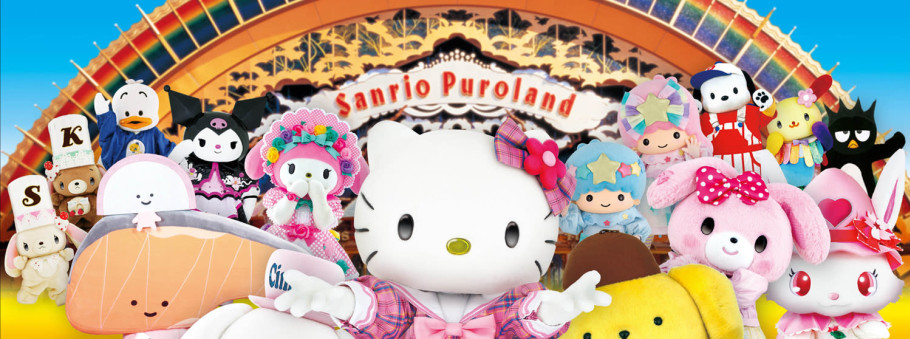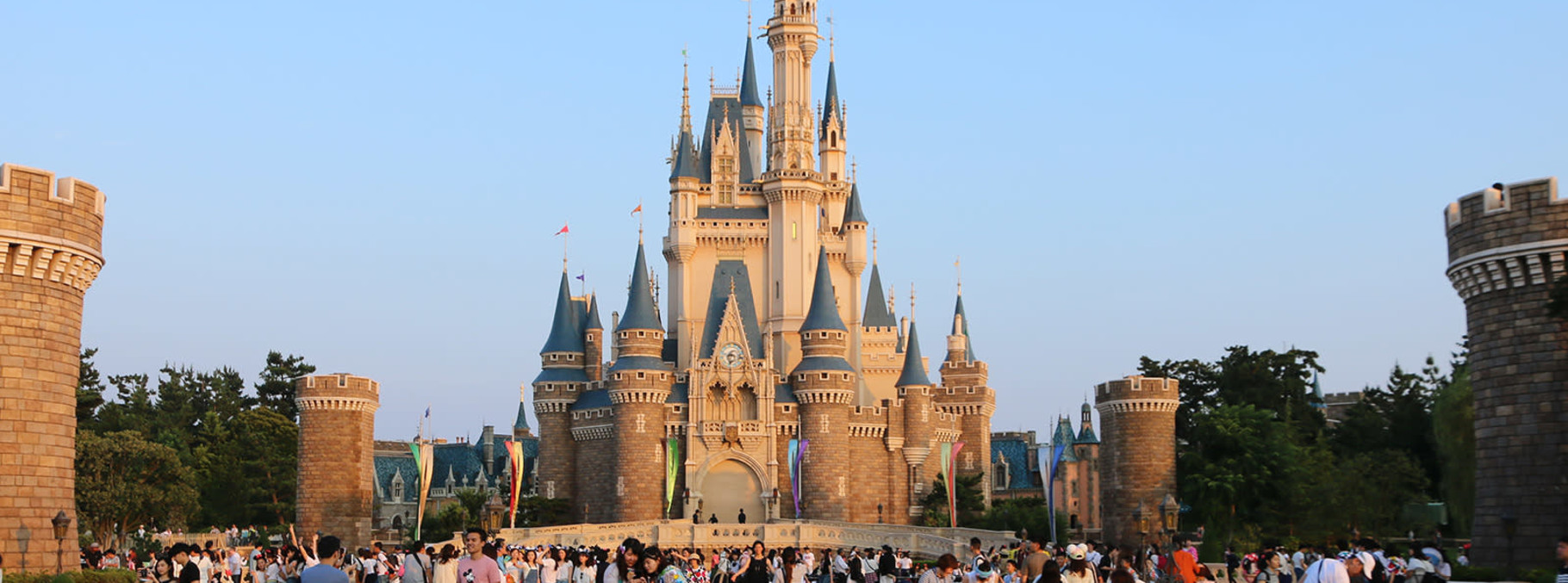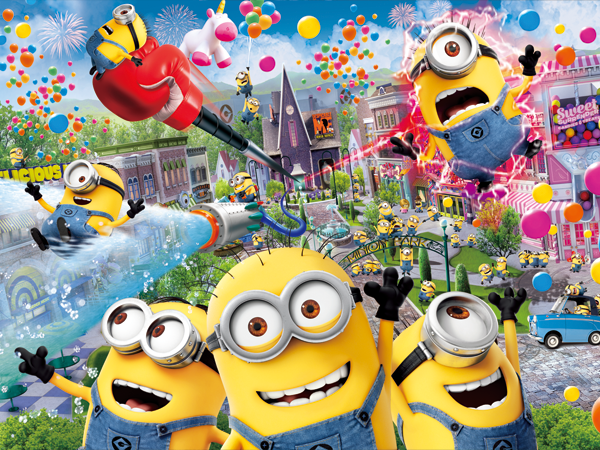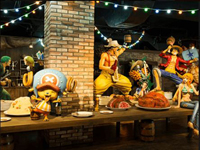Kinpusen-ji
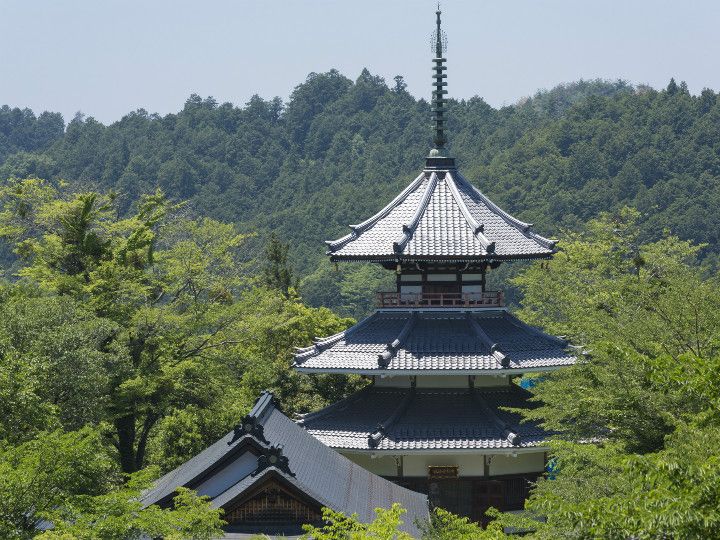

(Source: 白熊 / PIXTA(ピクスタ))
Zao-do
Located in the center of Kinpusen-ji, Zao-do is a large hall that was built using 68 pillars. The door of the hall is generally closed, but during the event of Gokaicho, it is opened offering a sight of the Zao Gongen.

(Source: Wikipedia)
Zao Gongen
The Zao Gongen that are enshrined in the Zao-do play the most important role in Kinpusen-ji. They are said to have appeared at Kinpusen-ji about 1,300 years ago and represent salvation of the past, the present and the future (from left to right). You will always remember these imposing, staring statues. If you are fortunate enough to visit the temple when Gokaicho is held, pay a visit to these powerful figures.

(Source: PIXTA)
Kongo Rikishi-Zo
At both sides of Nio-mon (gate) of Kinpusen-ji, there stand the statues of Kongo Rikishi that are the second largest statues in Japan. They guard this temple with their furious faces preventing the enemies of Buddhism from entering through the gate.

(Source: Wikipedia)
Yoshino Mountain
The Yoshino Mountain where Kinpusen-ji is located is famous for its cherry blossoms. The mountain is covered with cherry blossoms in spring. In summer, a festival where the whole town is lit up by lanterns is held. In autumn, the leaves of the trees turn red, coloring the entire mountain. We recommend that you explore the Yoshino Mountain area after visiting the temple.

(Source: 吉野山観光協会)

(Source: 白熊 / PIXTA(ピクスタ))
Zao-do
Located in the center of Kinpusen-ji, Zao-do is a large hall that was built using 68 pillars. The door of the hall is generally closed, but during the event of Gokaicho, it is opened offering a sight of the Zao Gongen.

(Source: Wikipedia)
Zao Gongen
The Zao Gongen that are enshrined in the Zao-do play the most important role in Kinpusen-ji. They are said to have appeared at Kinpusen-ji about 1,300 years ago and represent salvation of the past, the present and the future (from left to right). You will always remember these imposing, staring statues. If you are fortunate enough to visit the temple when Gokaicho is held, pay a visit to these powerful figures.

(Source: PIXTA)
Kongo Rikishi-Zo
At both sides of Nio-mon (gate) of Kinpusen-ji, there stand the statues of Kongo Rikishi that are the second largest statues in Japan. They guard this temple with their furious faces preventing the enemies of Buddhism from entering through the gate.

(Source: Wikipedia)
Yoshino Mountain
The Yoshino Mountain where Kinpusen-ji is located is famous for its cherry blossoms. The mountain is covered with cherry blossoms in spring. In summer, a festival where the whole town is lit up by lanterns is held. In autumn, the leaves of the trees turn red, coloring the entire mountain. We recommend that you explore the Yoshino Mountain area after visiting the temple.

(Source: 吉野山観光協会)
